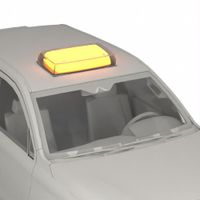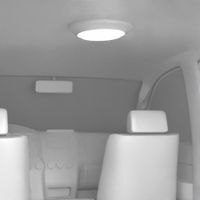- Home
- Fleet Vehicle Maintenance
- Vehicle Lighting
Vehicle Lighting
Vehicle lighting improves safety and conveys information inside and outside of the vehicle. Exterior vehicle lighting illuminates the road for drivers and alerts other motorists and pedestrians to moving work trucks, construction equipment, and emergency vehicles. Interior vehicle lighting helps wit .....Read More
Frequently Asked Questions
What are the benefits of vehicle lighting for safety?
How does exterior vehicle lighting improve road visibility?
What types of exterior lights are essential for vehicles?
How do interior vehicle lights enhance passenger safety?
What is the role of vehicle lighting in alerting other motorists?
How can vehicle lighting prevent accidents?
What are the regulations for vehicle lighting?
How does vehicle lighting help in emergency situations?
What are the latest technologies in vehicle lighting?
How do you maintain and upgrade vehicle lighting systems?

